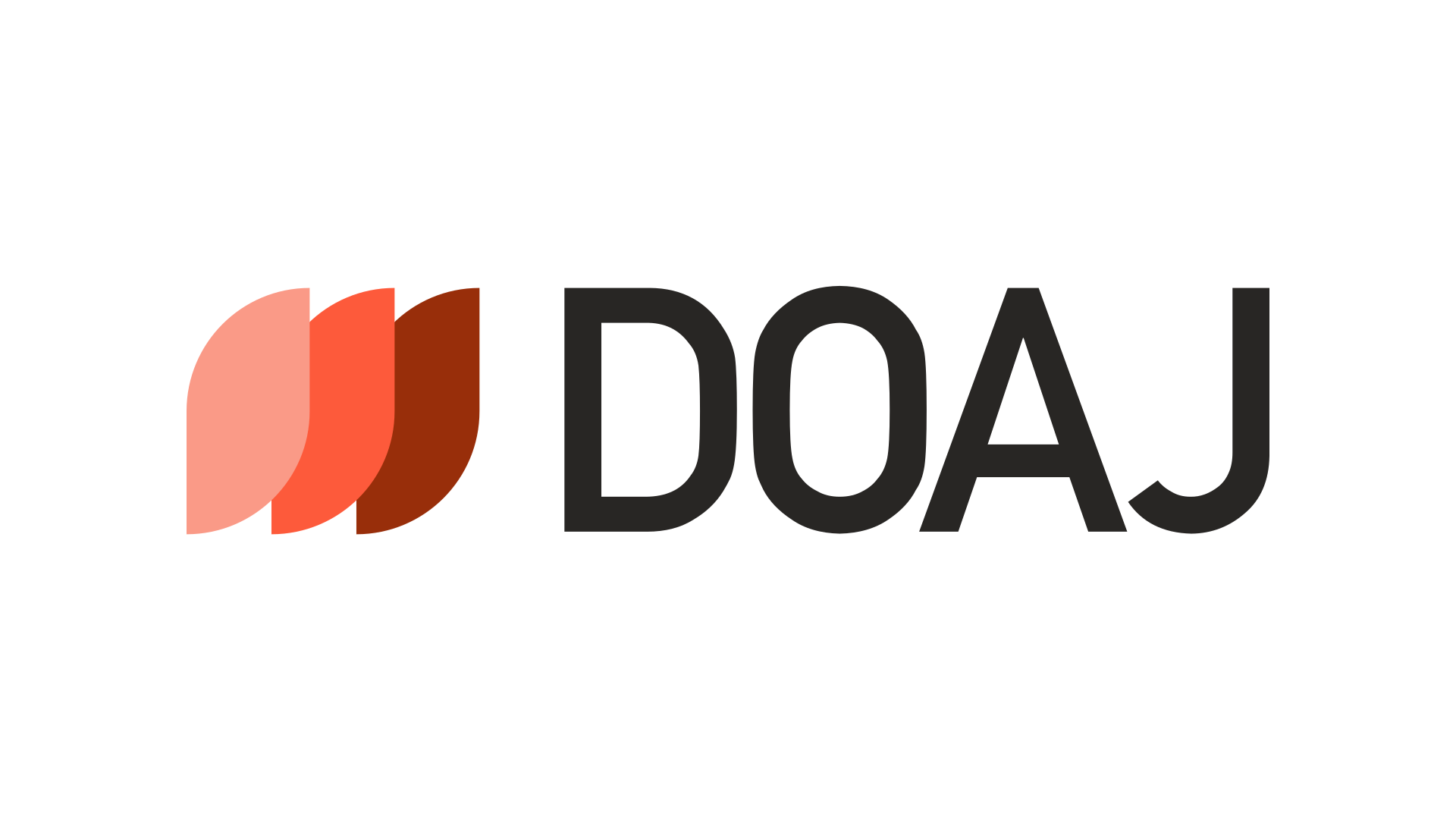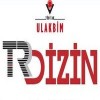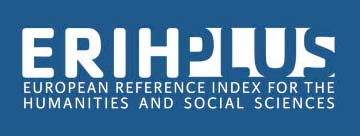Abstract
References
- Aggarwal BB, Sundaram C, Malani N, Ichikawa H. Curcumin: The Indian solid gold. Adv Exp Med Biol. 2007;595:1–75.
- Anand P, Sundaram C, Jhurani S, et al. Curcumin and cancer: an "old-age" disease with an "age-old" solution. Cancer Lett. 2008;267(1):133–64.
- Esatbeyoglu T, Huebbe P, Ernst IM, Chin D, Wagner AE, Rimbach G. Curcumin: from molecule to biological function. Angew Chem Int Ed Engl. 2012;51(22):5308–5332.
- Ching W-Y, Bin-Yusoff Y, Wan-Amarina W-NB. Extraction of essential oil from Curcuma longa. J Food Chem Nutr. 2014;2(1):1–10.
- Delaveau P. Les épices. Histoire, description et usage des différents épices, aromates et condiments. Paris: Albin Michel; 1987. p. 130-136.
- Jansen PCM, Grubben GJH, Cardon D. Ressources végétales de l’Afrique tropicale 3. Colorants et tanins. Wageningen, Pays-Bas: PROTA; 2005.
- Çöteli E, Karataş F. Zerdeçal (Curcuma longa L.) Bitkisindeki Antioksidan Vitaminler ve Glutatyon Miktarları ile Total Antioksidan Kapasitesinin Belirlenmesi. Erciyes Univ J Nat Appl Sci. 2017;33(2).
- Kashyap A, Weber S. Harappan plant use revealed by starch grains from Farmana, India. Antiquity. 2010;84:326.
- Thakur R, Puri HS, Husain A. Major medicinal plants of India. Lucknow: Central Institute of Medicinal and Aromatic Plants; 1989.
- Anand P, Kunnumakkara AB, Newman RA, Aggarwal BB. Bioavailability of curcumin: Problems and promises. Mol Pharm. 2007;4:807–818.. Blumenthal M, Goldberg A, Brinckmann J. Herbal Medicine. 2000:379–384.
- Cao D, et al. Screening of active fractions from Curcuma longa Radix isolated by HPLC and GC-MS for promotion of blood circulation and relief of pain. J Ethnopharmacol. 2019.
- Dohare P, Garg U, et al. Neuroprotective efficacy and therapeutic window of curcuma oil: in rat embolic stroke model. BMC Complement Altern Med. 2008;8:55.
- Chainani-Wu N. Safety and anti-inflammatory activity of curcumin: A component of turmeric (Curcuma longa). J Altern Complement Med. 2003;9(1):161–168.
- Kowluru RA, Kanwar M. Effects of curcumin on retinal oxidative stress and inflammation in diabetes. Nutr Metab (Lond). 2007;4:8.
- Dai Q, Zhou D, Xu L, Song X. Curcumin alleviates rheumatoid arthritis-induced inflammation and synovial hyperplasia by targeting mTOR pathway in rats. Drug Des Devel Ther. 2018;12:4095–105.
- Hoving JL, Lacaille D, Urquhart DM, Hannu TJ, Sluiter JK, Frings-Dresen MHW. Non-pharmacological interventions for preventing job loss in workers with inflammatory arthritis. Cochrane Database Syst Rev. 2014; CD 010208.
- Kunnumakkara AB, et al. Curcumin, the golden nutraceutical: multitargeting for multiple chronic diseases. Br J Pharmacol. 2017;174:1325–1348.
- Banerjee S, et al. Ancient drug curcumin impedes 26S proteasome activity by direct inhibition of dual-specificity tyrosine-regulated kinase 2. Proc Natl Acad Sci U S A. 2018;115:8155–8160.
- Dhillon N, et al. Phase II trial of curcumin in patients with advanced pancreatic cancer. Clin Cancer Res. 2008;14:4491–4499.
- Kuptniratsaikul V, Thanakhumtorn S, Chinswangwatanakul P, Wattanamongkonsil L, Thamlikitkul J. Efficacy and safety of Curcuma domestica extracts in patients with knee osteoarthritis. Altern Complement Med. 2009;15(8):891–917.
- Kim BM. The role of saikosaponins in therapeutic strategies for age-related diseases. Oxid Med Cell Longev.
- Rosini M, Simoni E, Milelli A, Minarini A, Melchiorre C. Oxidative stress in Alzheimer’s disease: Are we connecting the dots? J Med Chem. 2014;57(7):2821–2831.
- Hancock SM, Finkelstein DI, Adlard PA. Glia and zinc in ageing and Alzheimer’s disease: A mechanism for cognitive decline? Front Aging Neurosci. 2014; 6:137.
- Rao PPN, Mohamed T, Teckwani K, Tin G. Curcumin binding to beta amyloid: a computational study. Chem Biol Drug Des. 2015. doi:10.1111/cbdd.12552.
- Heidenreich PA, Trogdon JG, Khavjou OA, et al. Forecasting the future of cardiovascular disease in the United States: a policy statement from the American Heart Association. Circulation. 2011;123(8):933–944.
- Campbell MS, Fleenor BS. The emerging role of curcumin for improving vascular dysfunction: a review. Crit Rev Food Sci Nutr. 2018;58(16):2790–2799. doi:10.1080/10408398.2017.1341865.
- You J, Sun J, Ma T, et al. Curcumin induces therapeutic angiogenesis in a diabetic mouse hindlimb ischemia model via modulating the function of endothelial progenitor cells. Stem Cell Res Ther. 2017;8(1):182. doi:10.1186/s13287-017-0636-9.
Abstract
Curcumin, a vital culinary spice, is the biphenolic active compound of turmeric and shows a rich history use in ancient therapeutic Medicine. It has long been used for hundreds of years to treat various ailments such as cancer and neurodegenerative diseases. This review will show an overview about the plant of curcuma and the history of curcumin. In addition, its chemical composition will be discussed to clarify the chemical component essential for its biological activity. Recently, the biological activities of curcumin have been investigated. The studies mainly focused on their antitumor, antioxidant, anti-inflammatory, hepatoprotective, neuroprotective and cardioprotective impacts. This review aims to provide a discussion about curcumin use and its effect on health human and disease prevention.
References
- Aggarwal BB, Sundaram C, Malani N, Ichikawa H. Curcumin: The Indian solid gold. Adv Exp Med Biol. 2007;595:1–75.
- Anand P, Sundaram C, Jhurani S, et al. Curcumin and cancer: an "old-age" disease with an "age-old" solution. Cancer Lett. 2008;267(1):133–64.
- Esatbeyoglu T, Huebbe P, Ernst IM, Chin D, Wagner AE, Rimbach G. Curcumin: from molecule to biological function. Angew Chem Int Ed Engl. 2012;51(22):5308–5332.
- Ching W-Y, Bin-Yusoff Y, Wan-Amarina W-NB. Extraction of essential oil from Curcuma longa. J Food Chem Nutr. 2014;2(1):1–10.
- Delaveau P. Les épices. Histoire, description et usage des différents épices, aromates et condiments. Paris: Albin Michel; 1987. p. 130-136.
- Jansen PCM, Grubben GJH, Cardon D. Ressources végétales de l’Afrique tropicale 3. Colorants et tanins. Wageningen, Pays-Bas: PROTA; 2005.
- Çöteli E, Karataş F. Zerdeçal (Curcuma longa L.) Bitkisindeki Antioksidan Vitaminler ve Glutatyon Miktarları ile Total Antioksidan Kapasitesinin Belirlenmesi. Erciyes Univ J Nat Appl Sci. 2017;33(2).
- Kashyap A, Weber S. Harappan plant use revealed by starch grains from Farmana, India. Antiquity. 2010;84:326.
- Thakur R, Puri HS, Husain A. Major medicinal plants of India. Lucknow: Central Institute of Medicinal and Aromatic Plants; 1989.
- Anand P, Kunnumakkara AB, Newman RA, Aggarwal BB. Bioavailability of curcumin: Problems and promises. Mol Pharm. 2007;4:807–818.. Blumenthal M, Goldberg A, Brinckmann J. Herbal Medicine. 2000:379–384.
- Cao D, et al. Screening of active fractions from Curcuma longa Radix isolated by HPLC and GC-MS for promotion of blood circulation and relief of pain. J Ethnopharmacol. 2019.
- Dohare P, Garg U, et al. Neuroprotective efficacy and therapeutic window of curcuma oil: in rat embolic stroke model. BMC Complement Altern Med. 2008;8:55.
- Chainani-Wu N. Safety and anti-inflammatory activity of curcumin: A component of turmeric (Curcuma longa). J Altern Complement Med. 2003;9(1):161–168.
- Kowluru RA, Kanwar M. Effects of curcumin on retinal oxidative stress and inflammation in diabetes. Nutr Metab (Lond). 2007;4:8.
- Dai Q, Zhou D, Xu L, Song X. Curcumin alleviates rheumatoid arthritis-induced inflammation and synovial hyperplasia by targeting mTOR pathway in rats. Drug Des Devel Ther. 2018;12:4095–105.
- Hoving JL, Lacaille D, Urquhart DM, Hannu TJ, Sluiter JK, Frings-Dresen MHW. Non-pharmacological interventions for preventing job loss in workers with inflammatory arthritis. Cochrane Database Syst Rev. 2014; CD 010208.
- Kunnumakkara AB, et al. Curcumin, the golden nutraceutical: multitargeting for multiple chronic diseases. Br J Pharmacol. 2017;174:1325–1348.
- Banerjee S, et al. Ancient drug curcumin impedes 26S proteasome activity by direct inhibition of dual-specificity tyrosine-regulated kinase 2. Proc Natl Acad Sci U S A. 2018;115:8155–8160.
- Dhillon N, et al. Phase II trial of curcumin in patients with advanced pancreatic cancer. Clin Cancer Res. 2008;14:4491–4499.
- Kuptniratsaikul V, Thanakhumtorn S, Chinswangwatanakul P, Wattanamongkonsil L, Thamlikitkul J. Efficacy and safety of Curcuma domestica extracts in patients with knee osteoarthritis. Altern Complement Med. 2009;15(8):891–917.
- Kim BM. The role of saikosaponins in therapeutic strategies for age-related diseases. Oxid Med Cell Longev.
- Rosini M, Simoni E, Milelli A, Minarini A, Melchiorre C. Oxidative stress in Alzheimer’s disease: Are we connecting the dots? J Med Chem. 2014;57(7):2821–2831.
- Hancock SM, Finkelstein DI, Adlard PA. Glia and zinc in ageing and Alzheimer’s disease: A mechanism for cognitive decline? Front Aging Neurosci. 2014; 6:137.
- Rao PPN, Mohamed T, Teckwani K, Tin G. Curcumin binding to beta amyloid: a computational study. Chem Biol Drug Des. 2015. doi:10.1111/cbdd.12552.
- Heidenreich PA, Trogdon JG, Khavjou OA, et al. Forecasting the future of cardiovascular disease in the United States: a policy statement from the American Heart Association. Circulation. 2011;123(8):933–944.
- Campbell MS, Fleenor BS. The emerging role of curcumin for improving vascular dysfunction: a review. Crit Rev Food Sci Nutr. 2018;58(16):2790–2799. doi:10.1080/10408398.2017.1341865.
- You J, Sun J, Ma T, et al. Curcumin induces therapeutic angiogenesis in a diabetic mouse hindlimb ischemia model via modulating the function of endothelial progenitor cells. Stem Cell Res Ther. 2017;8(1):182. doi:10.1186/s13287-017-0636-9.
Details
| Primary Language | English |
|---|---|
| Subjects | Traditional, Complementary and Integrative Medicine (Other) |
| Journal Section | Reviews |
| Authors | |
| Publication Date | April 25, 2025 |
| Submission Date | March 30, 2024 |
| Acceptance Date | March 10, 2025 |
| Published in Issue | Year 2025 Volume: 6 Issue: 1 |
IJTCMR
International Journal of Traditional and Complementary Medicine Research





